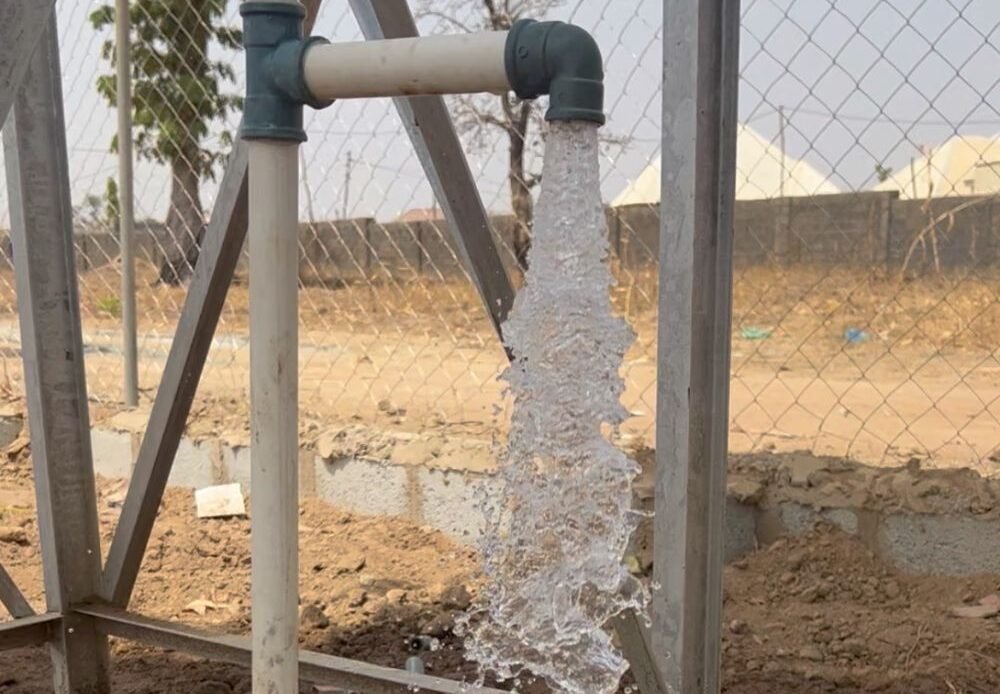Water is one of the most important resources in farming. Without it, crops cannot grow, animals cannot survive, and farmers cannot produce food. However, water is becoming scarce due to climate change, deforestation, and poor water management. This is why World Water Day, celebrated every March 22, is an important reminder for everyone to use water wisely.
For smallholder farmers—who grow most of the food we eat—water conservation is essential. Simple irrigation methods and rainwater harvesting can help farmers use water efficiently, reduce waste, and improve crop production. This article explores practical water-saving techniques that smallholder farmers can adopt to protect this valuable resource.
The Importance of Water Conservation in Farming
Water conservation means using water carefully so that it lasts longer and remains available for future generations. In smallholder farming, conserving water has several benefits:
- Ensures a reliable water supply – Helps crops and animals survive even during dry seasons.
- Reduces costs – Saves money on water and energy used for irrigation.
- Improves soil health – Prevents overwatering, which can wash away nutrients from the soil.
- Boosts productivity – Ensures crops get the right amount of water at the right time.
- Protects the environment – Prevents water wastage and helps maintain natural water sources.
Simple Irrigation Techniques for Smallholder Farmers
Irrigation is the process of supplying water to crops when there is not enough rainfall. Smallholder farmers can use simple, low-cost irrigation methods to conserve water while ensuring good crop growth.
1. Drip Irrigation
Drip irrigation is one of the most efficient ways to water crops. It delivers water directly to the plant’s roots using small tubes or pipes with tiny holes.
Benefits:
- Uses up to 50% less water than traditional irrigation.
- Prevents water loss through evaporation.
- Reduces weed growth because only the crops get water.
How to Set It Up:
- Use plastic pipes with small holes (drip lines).
- Place the pipes along the base of crops.
- Connect to a water source (e.g., a tank or well).
- Allow water to drip slowly, providing steady moisture.
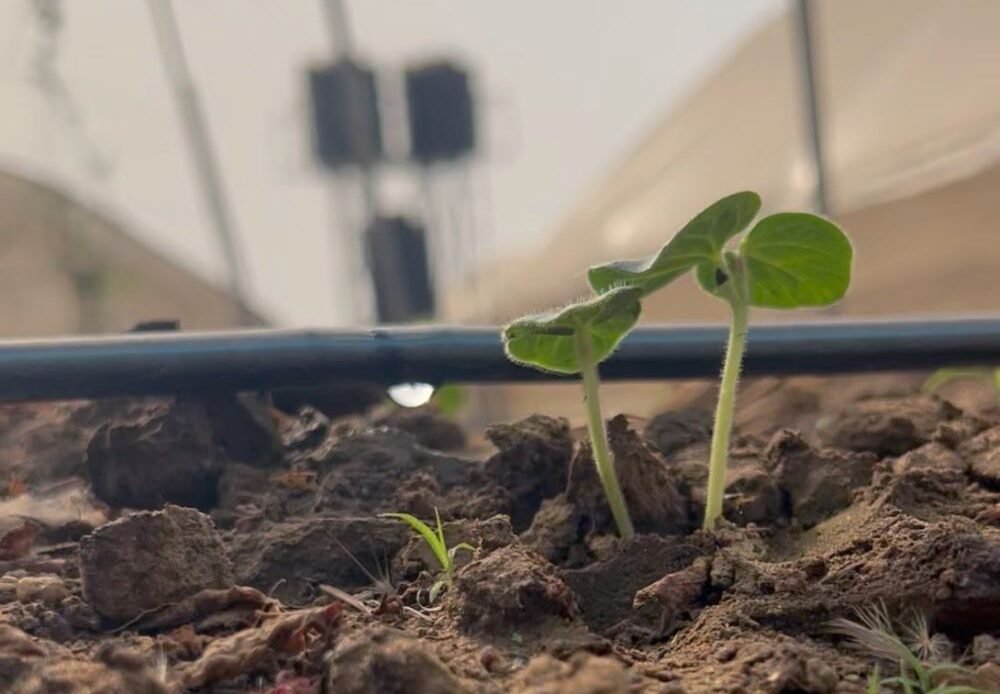
2. Mulching
Mulching involves covering the soil with organic materials (such as dry leaves, straw, or wood chips) to keep moisture in the soil.
Benefits:
- Reduces evaporation, keeping soil moist for longer.
- Prevents weed growth, which competes for water with crops.
- Improves soil fertility as mulch breaks down over time.
How to Apply Mulch:
- Spread dry leaves, straw, or compost around plant roots.
- Maintain a thickness of about 5–10 cm to retain moisture effectively.
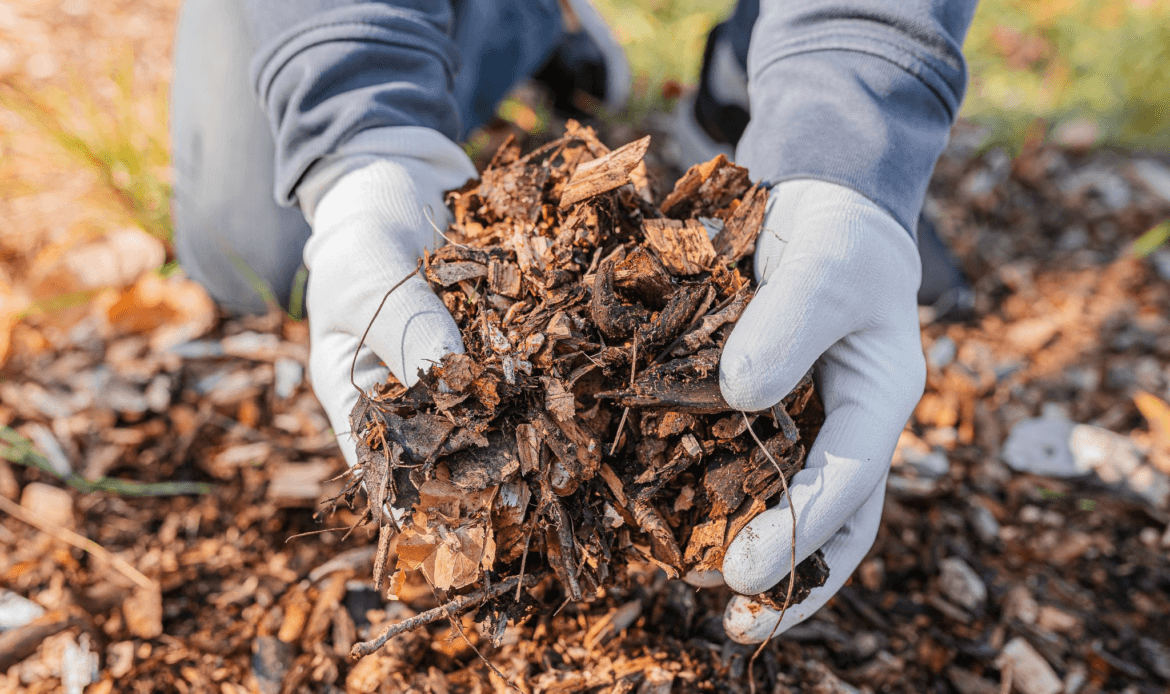
3. Furrow Irrigation
Furrow irrigation involves digging small trenches between crop rows and filling them with water.
Benefits:
- Saves water compared to flooding the entire field.
- Water flows directly to plant roots without much waste.
- Simple and easy to use with minimal equipment.
How to Use It:
- Dig shallow channels (furrows) between crop rows.
- Allow water to flow into the furrows slowly.
- Ensure water reaches all plants evenly.

Rainwater Harvesting: Capturing and Storing Water for Farming
Rainwater harvesting is a method of collecting and storing rainwater for future use. This is especially useful in areas with irregular rainfall.
1. Roof Rainwater Collection
This method collects rainwater from rooftops and stores it in tanks for irrigation and household use.
How to Set It Up:
- Install gutters on rooftops to direct rainwater into storage tanks.
- Use covered containers to prevent contamination.
- Use collected water for irrigation, livestock, and drinking (after purification).
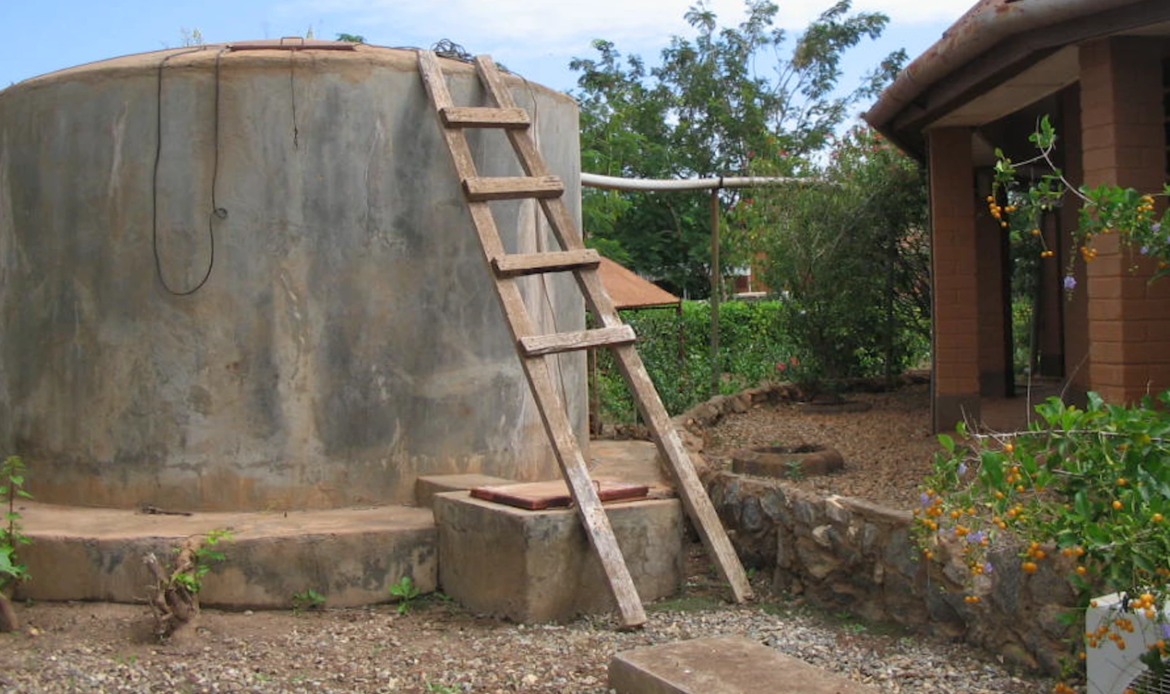
2. Farm Ponds
Farm ponds are small water reservoirs that store rainwater for irrigation.
How to Build a Farm Pond:
- Dig a hole in a low-lying area of the farm.
- Line it with clay, plastic sheets, or concrete to prevent water loss.
- Allow rainwater to collect and use it during dry seasons.
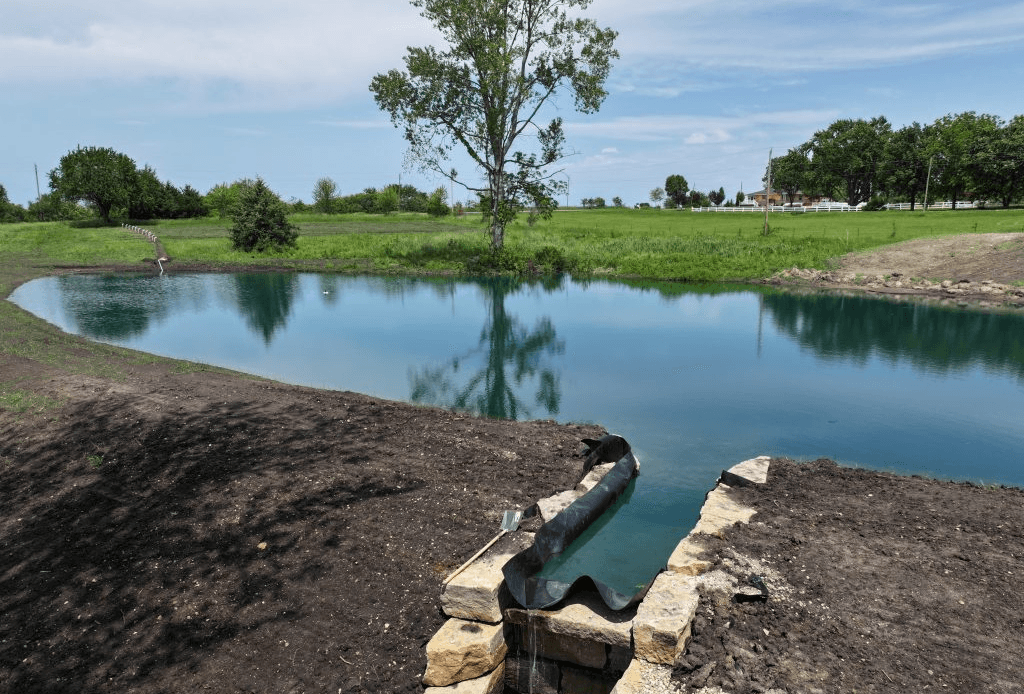
3. Sand Dams and Water Pits
Sand dams and small water pits help store water underground, where it remains safe from evaporation.
How They Work:
- Farmers build barriers across dry riverbeds to trap sand and water.
- Water gets stored underground and can be accessed through shallow wells.
- This provides a long-term water supply for farming and household use.
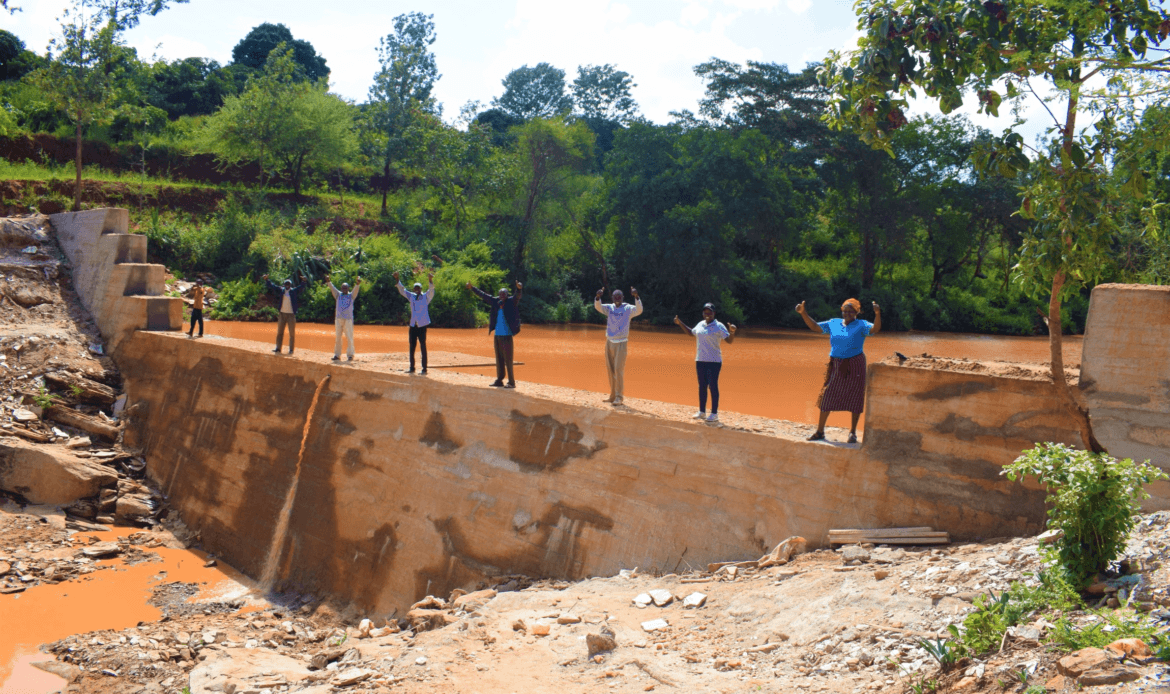
What the Foundation is Doing
At the Foundation, we are taking action to support smallholder farmers in conserving water and ensuring reliable access to clean water. Through our efforts:
🚰 We’ve installed over 33 boreholes and wells, in partnership with other organisations, across many farming communities in Nigeria. These water sources provide much-needed water for crops, animals, and families, reducing the burden on farmers who previously had to travel long distances to fetch water.
💧 We are educating farmers on sustainable water use, helping them adopt techniques such as rainwater harvesting, drip irrigation, and soil moisture conservation.
🌿 Through our training programmes, we encourage the integration of agroforestry and mixed cropping, which help retain water in the soil and prevent desertification.
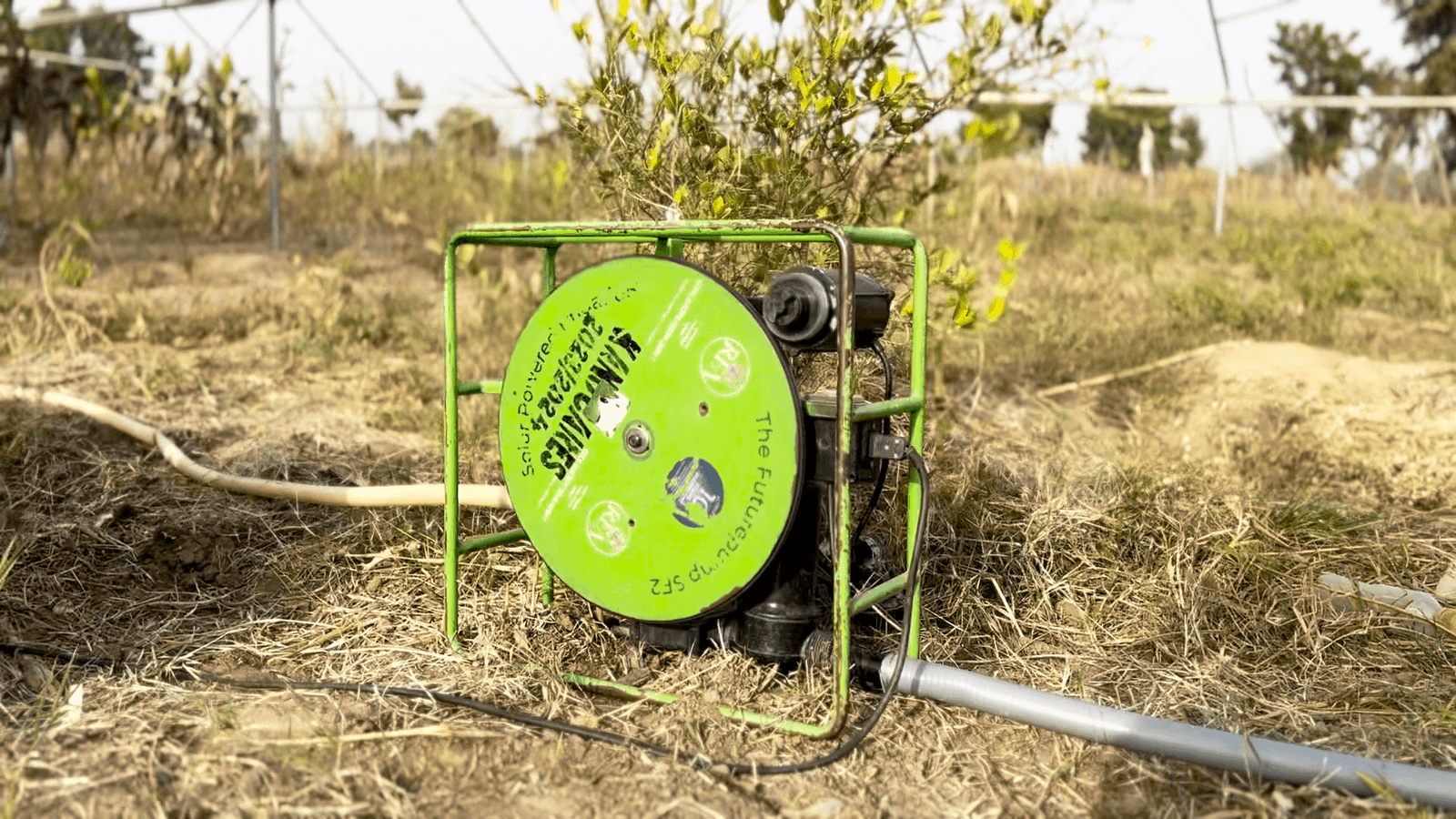
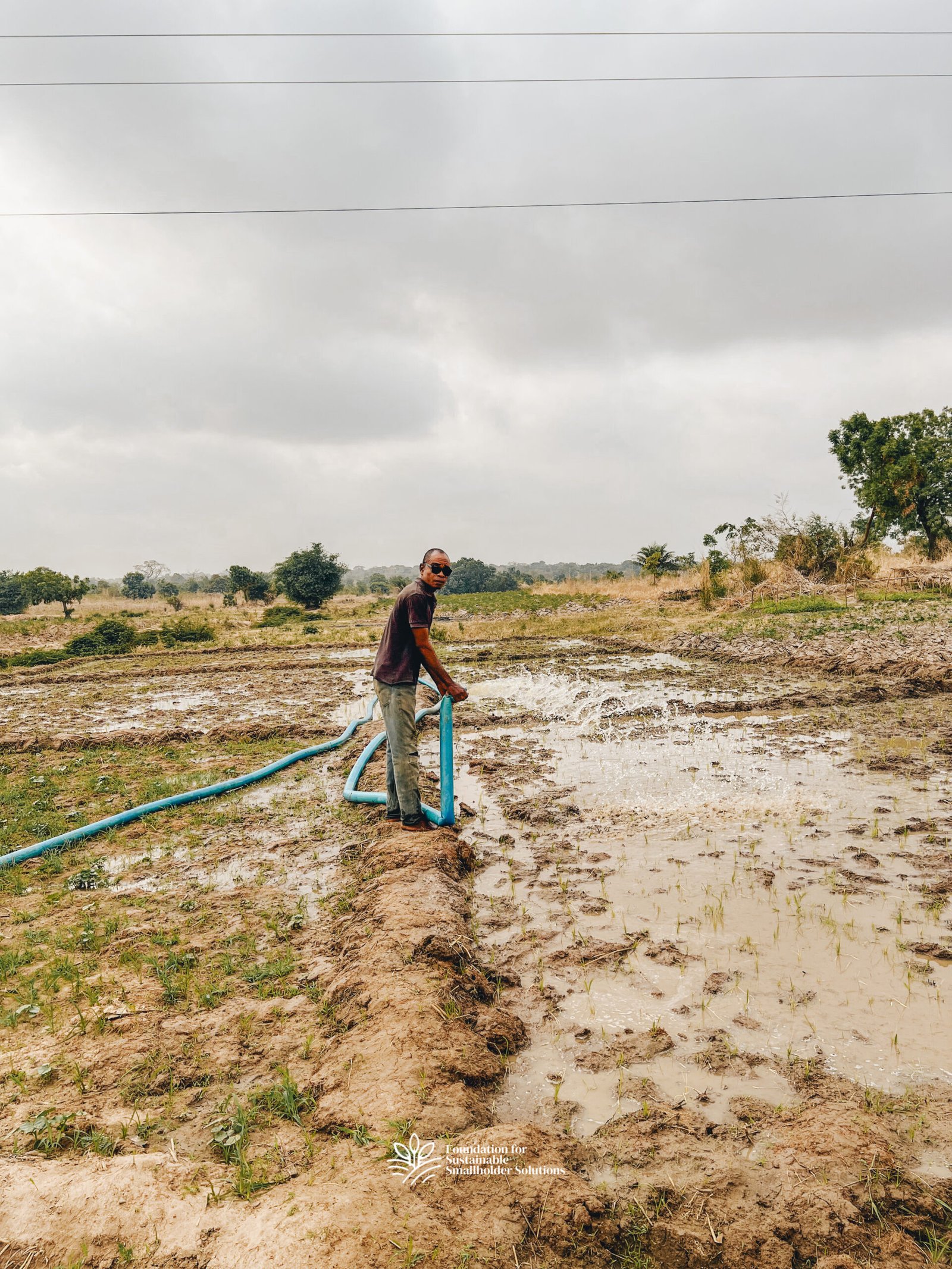
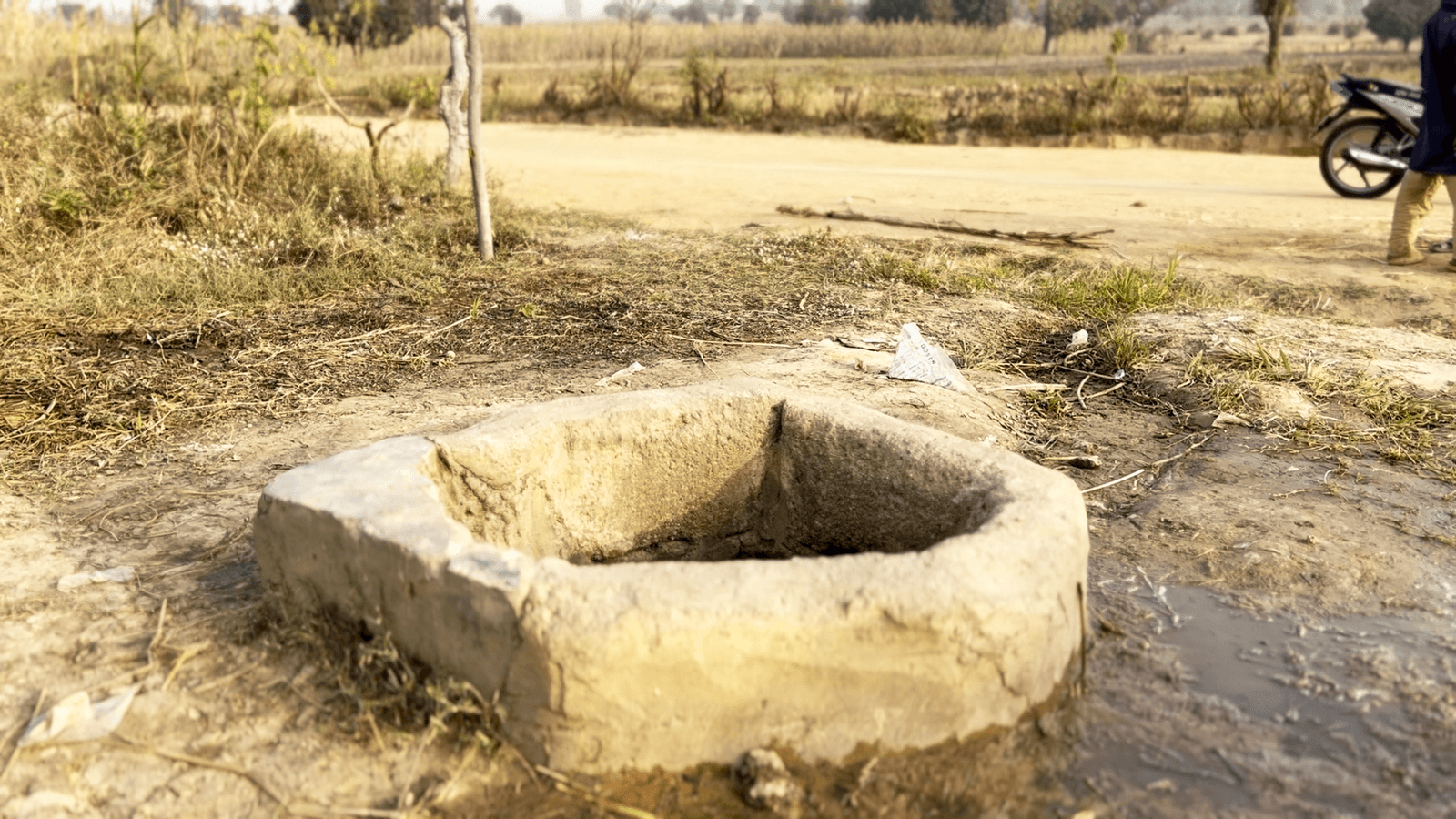


By supporting farmers with water infrastructure and knowledge, we are helping them adapt to changing climate conditions and secure their food production for the future.
As we mark World Water Day, we invite everyone to join us in promoting water conservation. Whether you are a farmer, a policymaker, or an individual, you can take small steps to save water and ensure that it remains available for future generations.


